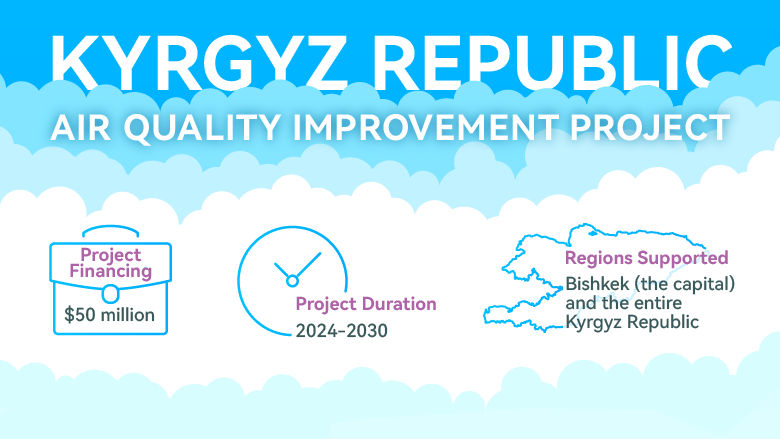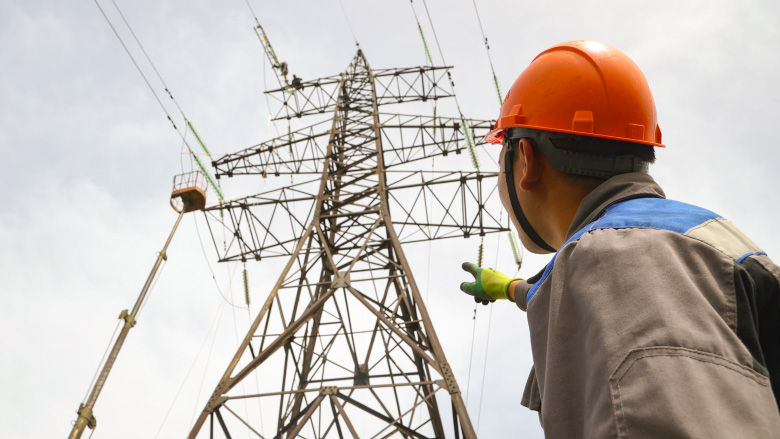Country Context
| Kyrgyz Republic | 2024 |
Population, million | 7.2 |
GDP, current $ billion | 17.5 |
GDP per capita, current $ | 2,423.9 |
Life Expectancy at Birth, years | 72.0 |
The Kyrgyz Republic is a land-locked, lower-middle-income country in Central Asia that has abundant natural resources and great potential for expanding its hydroelectricity production, agriculture sector, and tourism industry.
Since gaining independence in 1991, the Kyrgyz Republic has experienced political instability, with several political upheavals leading to the overthrow of presidents in 2005, 2010, and 2020. Since 2021, the political situation has stabilized, with the presidential form of government having consolidated. Looking ahead, the next parliamentary elections are scheduled for November 2026, with the presidential election to follow in January 2027.
To unlock strong, sustainable growth, reforms are needed to attract private investment, boost international trade, and promote sustainable energy. By focusing on these areas, the Kyrgyz Republic can build resilience, drive domestic growth, and reduce dependence on external factors, ultimately securing a brighter future for its citizens.










